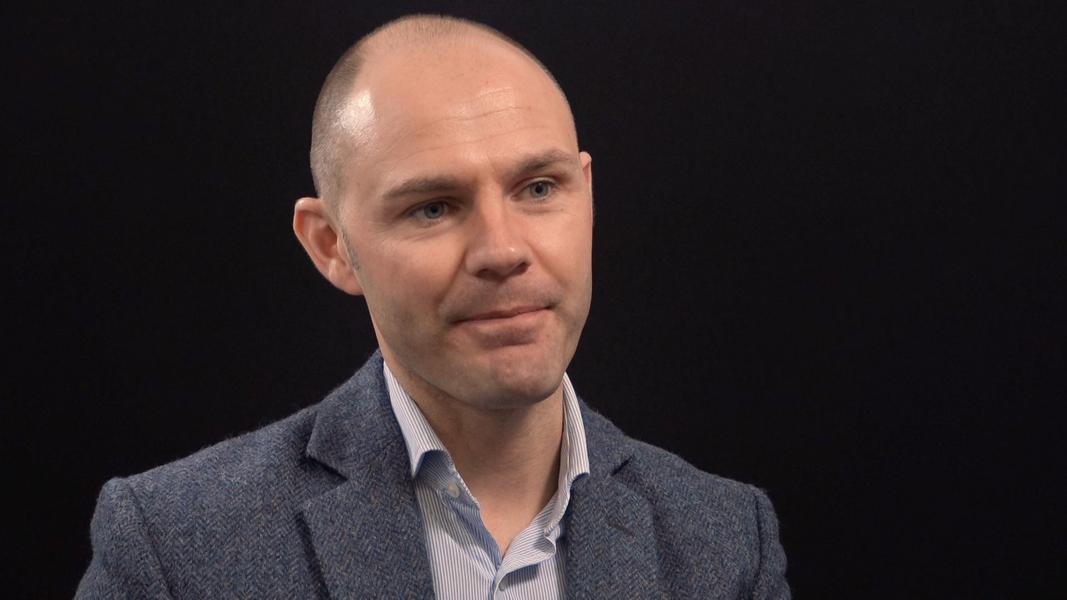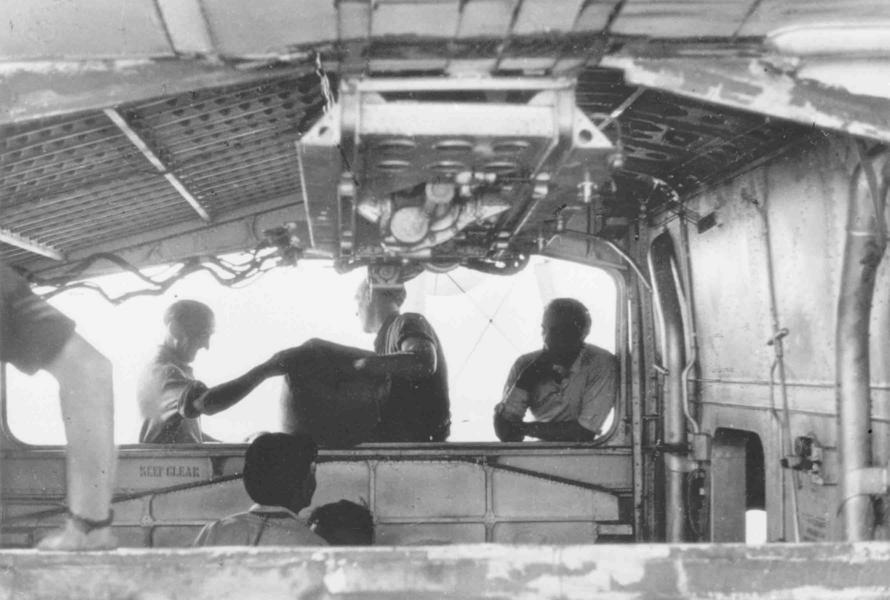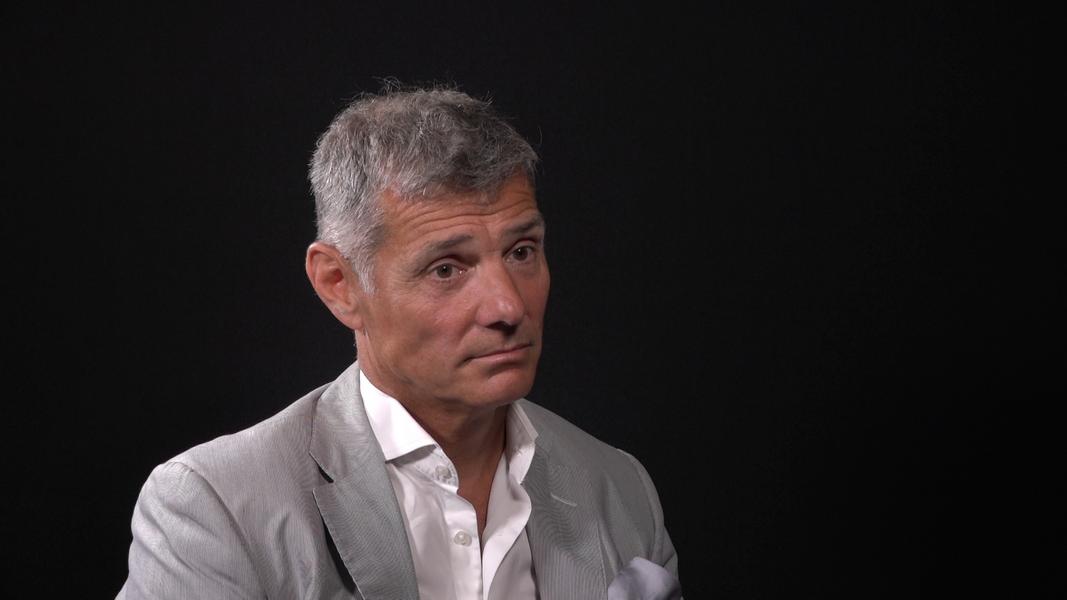she was powerful.
She was, there was a lot of, a lot of grunts there,
especially at the light weights.
So short takeoffs were fantastic.
A real sort of sports car, Formula One,
you know, thrown into the back of the seat
when you slammed the throttle.
Odd.
A very odd aircraft.
I think your first flight in a two-seater
you get demonstrated the,
the characteristics when you play about with the nozzles.
So we're used to doing regular loops, aerobatic loops,
but then when you got into the Harrier you'd get
to the top of the loop and then bring the nozzles in
and it would just, it would sort of make you
just stationary in the air and it went against
everything that you'd been taught about flying an aircraft,
don't run out of speed, don't be aggressive on the stick.
And it was just odd.
It was just against everything
that you thought was right in aviation.
Hadn't experienced anything like that before.
You would, you'd do a thing called
a breaking stop push over.
So you'd pull up to, I can't remember,
60, 70 degrees, and then push over.
And if you did that in a regular aircraft,
you'd sort of hit this sort of ballistic trajectory,
a bit of weightlessness, and you'd come over the top,
but you'd still be progressing downstream.
But in the Harrier you'd come up and you'd bunt
and then you'd pull the nozzles in.
You just stop and you just rotate over the nozzles.
And then start coming down again
and then because the nozzles were all the way,
all the way in the breaking stop,
you'd be pointing at the ground but not really accelerating.
So it was a really strange feeling.
I mean it was a technological marvel.
It was phenomenal.
But it was something at that young age
I couldn't quite get my head around like,
how, I don't understand, how is this happening?
And so then 30 months on the Harrier
you have to come to terms with what
this extra control lever does.
What does, this novel lever, it just changes it.
Changes it from being a regular aircraft
into something that no one's ever flown before.



